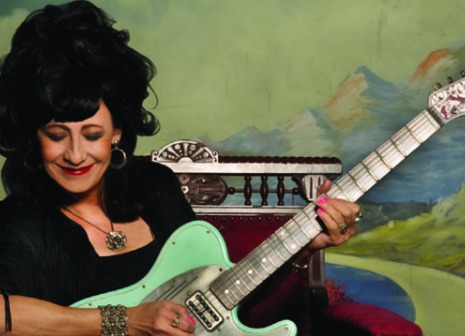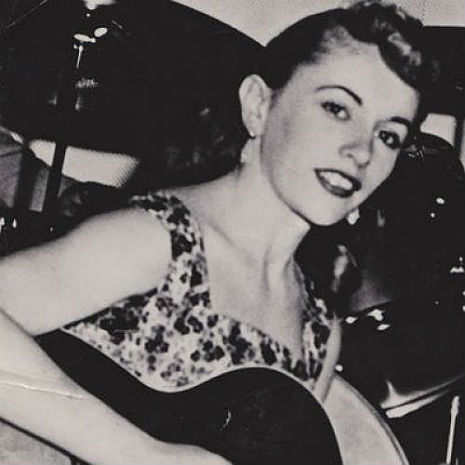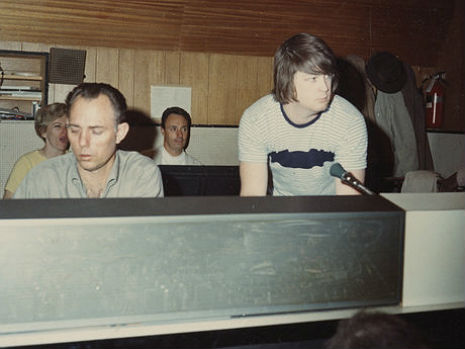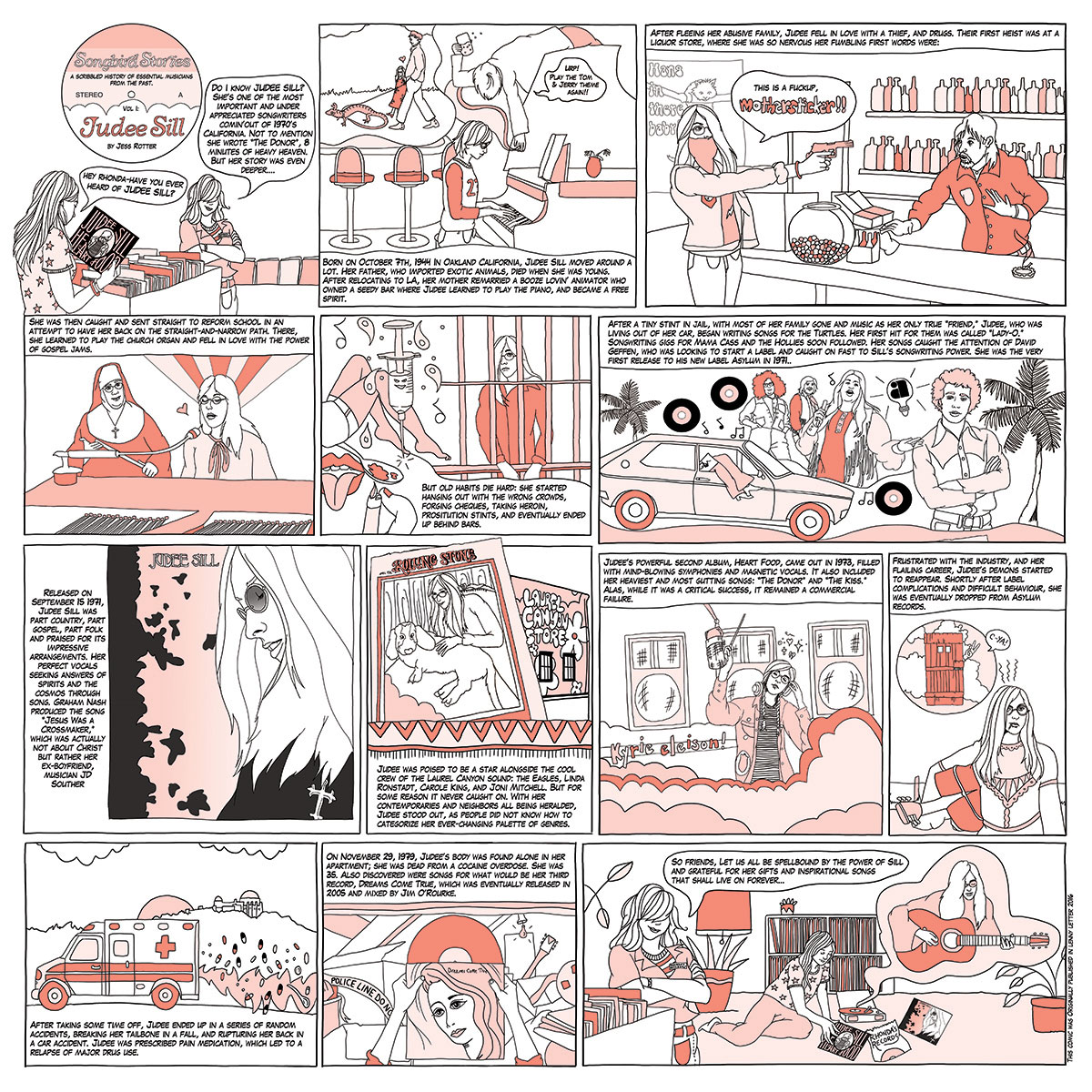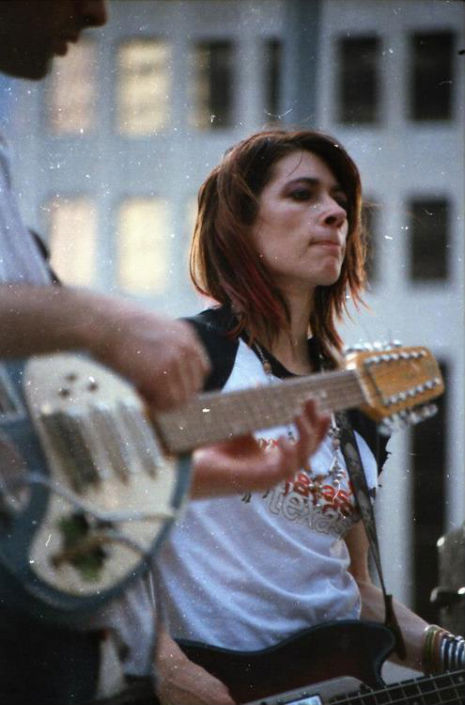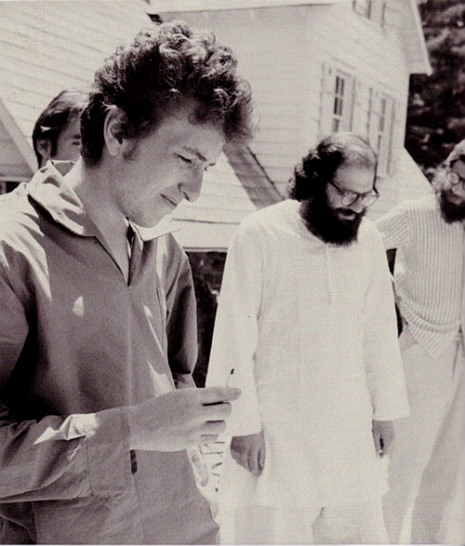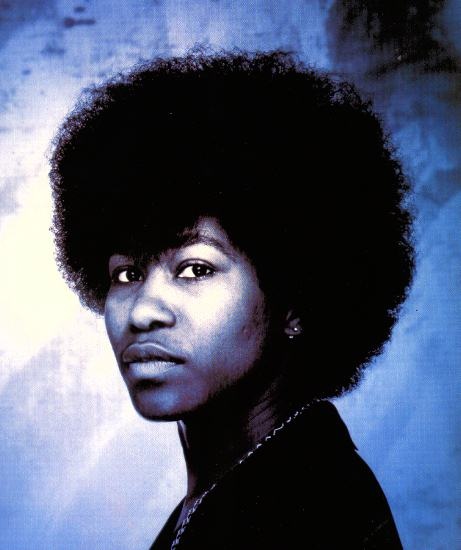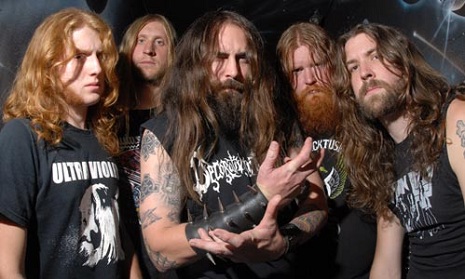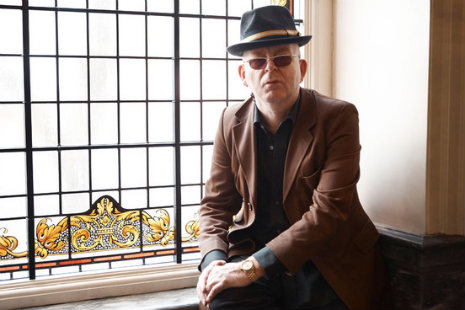
Alan McGee has been in touch with Dangerous Minds to give an exclusive update on his new record label 359 Music.
Less than a month since he launched 359, Alan has received an incredible range of music demos from unsigned musicians and bands.
‘It’s been very good,’ says McGee, ‘I’ve had over 2,000 MP3s to listen to, and I have still about 600-hundred-odd to go. So, for anybody reading this, I will be getting back to you.
‘There’s a lot of good stuff and at least, 15 very good things I’ve found from people sending in their MP3s, which is pretty fucking incredible—considering I expected to find only about 1-or-2.
‘What’s really good is the range of the music. I expected to get 2,000 bands all trying to be like the Gallaghers, but that is not the case—it’s all over-the-shop.’
While the initial response was high, Alan noticed there were very few demos from female musicians. Therefore, he posted a further request specifically asking for more women to send in their music.
‘We put out the YouTube clip asking for more girls to send in music, because it was all blokes sending in stuff. After that post, we received about 300 girl bands out of the next 500 that were sent in and the standard of music was very high.
‘Overall, the music has been incredible. There’s a lot of stuff I hadn’t expected, especially from people who have been ignored by the system.
‘I suppose if anything, 359 is a launch pad for people. Whether they stay with us or not isn’t important—if they do, they do, if they don’t, they don’t. We are essentially a launch pad to give people a shot at it, a chance to show what they can do.
‘There is no label sound, which will become apparent after about a year-and-a-half-to-2-years. The last thing I wanted to do was create Creation Records Part 2.
‘359 is more for people who are into music. It’s more of an attitude, you know? It’s like a vibration that draws you in, do you know what I mean? Music is a vibration, it’s like why do we all love “Get Lucky” by Daft Punk? It’s because it vibrates within us and makes us feel good.
‘I’m not saying we’re going to have the next Daft Punk, but maybe one day. Musically the label is going to be all-over-the place, because it will be about creating moods, creating music that is good, and I think this will become apparent after we’ve released about 15-20 albums or so.’
359 is a partnership between Alan McGee and Iain McNay, the chairman of Cherry Red Records.
‘I think Iain is the best person to be doing this with. I mean Iain is just fucking cool. Any guy that can deal with me saying, “I’m never come to your office ever again. I’m never going to come to a marketing meeting. I am never going to go to a gig in London. And I am never going to go to an awards ceremony. As long as you can deal with me on that basis, then we’re partners.” And we are.
‘We could have gone with a Japanese major, with a 6-figure salary, but you know what, I’ve gone with Iain and it’s like, half the company, no wage, and I don’t think I could get a better deal. Can you imagine turning round to Warners Japan and saying, “I’m never going to come to a marketing meeting. I’m never going to come to your office. I’m never going to go to a gig in London, and I’m never going to go to an awards ceremony.” They would stop before I finished my first sentence!
‘Iain is the only person in the music business who can put up with my fucking demands on that! Everyone else would go, “Go fuck yourself!” But Iain can put up with that.’
‘The best thing I ever did was going away for 5-years. Where I live is completely spiritual. I can sit in my room, look at the Black Mountains, and I can just decide should I or should I not go and do this or go and do that? I find in London that everything is like a bum rush every single time. It’s just too much.
‘I think I’m averse to London. It eats your fucking soul. It’s not people’s fault, it’s just there’s no spirituality in London. There may be creativity, but there’s no spirituality. People are on the bread-line, and they’re just used up as a resource. People just end up using each other, you know, eating each other, it’s a kind of cannibalism. It freaks me out. All I ever want to do in London is get in and get the fuck out of it.
‘With the technology now, it means you can run everything from home. I’ve got a book coming out, I’ve got a record company, a publishing company and 2-films all coming out, and I’m running it from my fucking bedroom in Wales.
‘The bottom-line is: if I can do it on a Blackberry and a computer, any fucker can do it—because I’m not that bright. You’ve got to have the confidence, but once you go after it and do it, then you realize you can do it.’
Alan also mentioned that his first film as producer, Kubricks, written and directed by Dean Cavanagh will having a special screening in Leeds this month.
‘It’s just for friends and family, but we have a plan to show it in New York, and we have a distribution deal for Europe on the table, which we’re probably going to do.’
He has almost finished his autobiography, and will be making his second appearance as an actor in the film Svengali, which stars Johnny Owen and Martin Freeman, and has been nominated for an award prior to its premiere at the Edinburgh Film Festival, later this month.
If you are an artist and want to be considered for 359 Music send an mp3 to INFOAT359MUSIC@AOL.COM
For more information, visit the site 359 Music, or follow 359 updates on Facebook.

Previously Dangerous Minds
Alan McGee unveils his new label 359 Music
